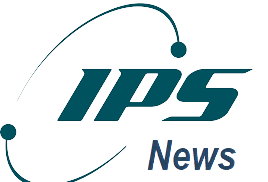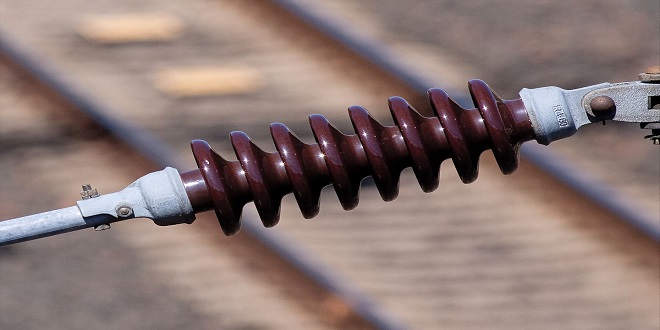Internet Communications Enabled by SIP

Introduction
The Internet challenges and transforms the more than one-trillion-dollarper-year business of telecommunications. A renaissance in communications is taking place on the Internet. At its source are new communication protocols that would be impractical on the centralized control systems of ITU-T type networks used in telecommunications.
Internet communications can benefit from the IP soft state and connectionless nature of the Net, and at the application layer of the IP protocol stack from its associated addressing and data representations. Users and Internet service providers (ISPs) are reaping the benefit from standards that allow interoperability with all connected parties on a global scale. The end-to-end (e2e) nature of the Internet avoids the friction of having intermediaries between the communicating parties, and also avoids the breaking of applications and security by intermediaries in the network
Internet Multimedia Protocols
Networks are defined by their protocols. The global telephone network uses its own signaling and communication protocols, as do other telecom networks such as the Public Switched Telephone Network (PSTN), X.25, Integrated Services Digital Network (ISDN), Switched Multimegabit Data Services (SMDS), frame relay, Asynchronous Transfer Mode (ATM), mobile circuit-switched networks, and the (seemingly always) proposed ITU-T Next Generation public Networks (NGN). Besides legacy network protocols, there are also applicationlevel protocols, such as those used between fax machines.
Protocols for Media Description, Media Transport, and other Multimedia Delivery
The Internet has established itself as the most adequate platform for multimedia communications and for the delivery of streaming multimedia content. Though signaling (the topic of this book) is most critical, it is not the only protocol required for multimedia communications.
Internet standards feature a pretty clean breakdown of functionality, and each function is performed by one single protocol. Duplication of functions on two or more protocols is carefully avoided so that different implementations can have only one single way of being standard-compliant. Table 2.1 shows the key standard Internet multimedia protocols. The complete list is, however, bigger that what is shown in the table
SIP Capabilities
SIP-enabled IP devices can call each other directly, if they know each other’s URL. Thus, an IP phone call can be placed directly between two or more SIP phones or PCs. Small conferences can be held by several users connecting to one device acting as the conference bridge, where one of the SIP phones can act as both conference participant and conference bridge.
Besides SIP devices such as phones, PCs, IP telephony gateways, and mobile devices, service providers also deploy SIP servers for a variety of additional services. Figure 2.2 illustrates how SIP servers perform a routing service that puts the caller in contact with the called party in a step-by-step fashion, taking into account the desired service and user preferences. We will show in the following sections that the SIP service model provides users with all services known from the circuit-switched telephone network, as well as new services that result from taking advantage of the Internet.
Overview of Services Provided by SIP Servers
Multimedia conferencing on the Internet was well developed by the research and academic community by 1997. This has been reflected in the explosion of commercial ventures for Internet multimedia during the past decade.
Work started at the same time to extend the Internet multimedia architecture for use in telephony. Because of the enormous complexity and richness of services on the PSTN, this work has taken much longer to develop, and only at the end of 2000 had it reached a critical mass where true reengineering of the telephone system for the Internet was well understood





